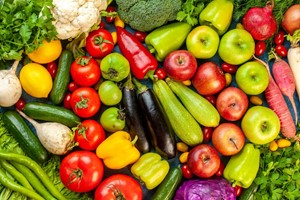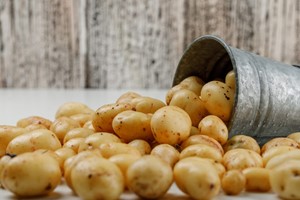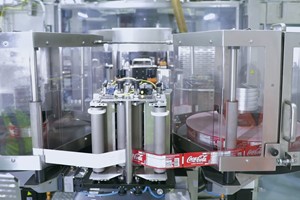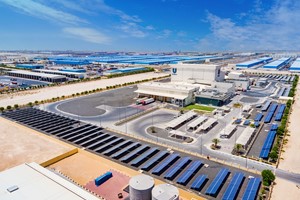In the ever-evolving landscape of food safety and sustainability, cold plasma technology emerges as a promising solution for enhancing the safety, quality, and nutritional value of vegetables. This cutting-edge approach offers a multitude of benefits, from eliminating pathogens to improving the visual appeal and nutritional content of our favorite greens. In this article, we delve into the transformative potential of cold plasma in vegetable processing and explore the challenges and considerations for its widespread adoption.
- Sanitizing and Decontaminating Vegetables: A Quantum Leap in Safety
Cold plasma stands out as a formidable ally in the battle against foodborne illnesses, particularly for delicate leafy greens. By effectively inactivating bacteria, viruses, and fungal spores on the surface of vegetables, this technology ensures safer produce and reduces the risk of contamination.
Moreover, plasma treatment goes beyond traditional washing methods by breaking down and removing pesticide residues. This not only enhances safety but also provides an environmentally friendly alternative to chemical washes, aligning with the increasing demand for sustainable food practices.
In addition, cold plasma exhibits the potential to control spoilage organisms by deactivating enzymes contributing to vegetable spoilage. This opens up avenues for extending the shelf life of vegetables, consequently reducing food waste and promoting a more sustainable food supply chain.
- Improving Quality and Appearance: A Visual and Textural Renaissance
Cold plasma's impact on the visual and textural aspects of vegetables is nothing short of revolutionary. Enzymatic browning, a common issue in cut fruits and vegetables, is significantly reduced as plasma inactivates the enzymes responsible for this process. The result is produce that maintains its attractive appearance for longer periods.
Furthermore, studies suggest that plasma treatment can enhance cell wall integrity, leading to firmer vegetables with improved texture. This not only pleases the palate but also contributes to a more satisfying culinary experience.
Seed sterilization is another area where cold plasma shines, preventing the spread of pathogens and improving seedling establishment. This aspect of plasma technology aligns with sustainable agriculture practices, ensuring healthier crops from the very beginning.
- Potential for Nutritional Enhancement: A Healthier Harvest
Cold plasma has the potential to elevate the nutritional profile of vegetables in several ways. Research suggests that certain treatments can break down plant cell walls, increasing the bioavailability of nutrients like antioxidants and vitamins. This could result in vegetables that not only taste better but also contribute more effectively to a balanced and healthy diet.
Moreover, plasma treatment can stimulate seed germination and sprouting, offering a novel way to increase access to nutrient-rich sprouts. This innovation has the potential to address nutritional deficiencies and further diversify our culinary options.
Challenges and Future Considerations: Navigating the Path to Integration
While the benefits of cold plasma in vegetable processing are clear, challenges remain for large-scale implementation. Scalability, treatment uniformity, and cost-effectiveness are key considerations that require ongoing research and development efforts.
Efforts to adapt existing equipment for efficient and cost-effective treatment of large volumes of vegetables are underway. Achieving consistent and effective treatment across all surfaces of complex-shaped vegetables poses a challenge that researchers are actively addressing. The optimization of operational costs and integration with existing processing lines are also focal points for overcoming barriers to adoption.
In conclusion, the future of cold plasma in vegetable processing is undeniably bright. As advancements in equipment design and treatment parameters continue, the food industry is poised to meet the growing demand for safer, healthier, and more nutritious vegetables with extended shelf life. Cold plasma technology is not just a game-changer; it's a glimpse into a future where our food supply is both sustainable and nutritious.














